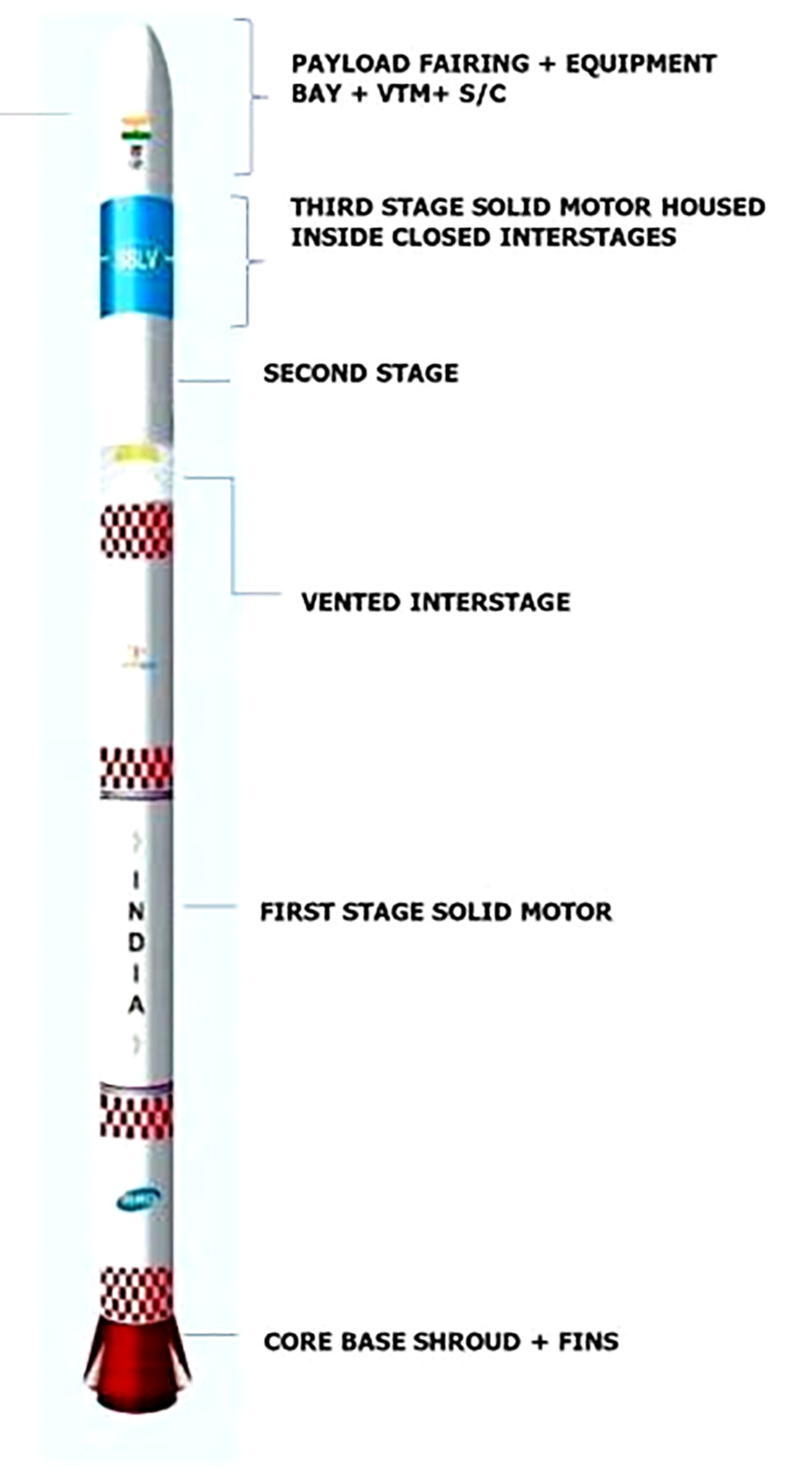ISRO’s SSLV-D2 | 11 Feb 2023
Why in News?
In its second attempt, the Indian Space Research Organisation (ISRO)’s smallest vehicle, Small Satellite Launch Vehicle (SSLV-D2), was launched from the Satish Dhawan Space Centre, Sriharikota, Andhra Pradesh.
- The vehicle’s first development flight (SSLV D1) that took place in August 2022 failed to place the satellites in precise orbit.
- This time structural changes have been made to the equipment bay, along with changes in the separation mechanism for stage 2, and logic changes for the on-board system.
Note
- A new vehicle is declared operational by ISRO after it completes two successful development flights.
- The last vehicle to be declared operational was the GSLV Mk III, now called LVM 3, when it carried Chandrayaan-2 in 2019.
What’s Onboard in SSLV-D2?
- SSLV-D2 will place the ISRO’s earth observation satellite EOS-07 and two co-passenger satellites - Janus-1 and AzaadiSat2.
- Janus-1:
- It is a technology demonstrator satellite built by US-based Antaris and its Indian partners XDLinks and Ananth Technologies.
- It is a six-unit cube satellite with five payloads on board — two from Singapore, and one each from Kenya, Australia, and Indonesia.
- AzaadiSat2:
- It is a Cubesat weighing around 8 kg and carries 75 different payloads.
- Girl students from rural regions across the country were provided guidance to build these payloads.
- The payloads are integrated by the student team of “Space Kidz India”.
- EOS-07:
- EOS-07 is a 156.3 kg satellite designed and developed by ISRO.
- Its mission objective is to design and develop payload instruments compatible with microsatellite buses and new technologies for future operational satellites.
- Janus-1:
What is a Small Satellite Launch Vehicle?
- About:
- SSLV is a 3 stage Launch Vehicle configured with three Solid Propulsion Stages and Liquid propulsion-based Velocity Trimming Module (VTM) as a terminal.
- It is 2 m in diameter and 34m in length with a lift off weight of 120 tonnes and is capable of launching a 10 to 500 kg satellite in 500 km planar orbit.
- The rocket can be assembled by a small team in only a few days, compared to the 6 months and around 600 people it takes for ISRO’s workhorse PSLV.
- Objective:
- It has been developed to capture the emerging small (nano-micro-mini) satellite commercial market, with launches offered on demand.
- Significance:
- It provides low-cost access to Space, offers low turn-around time, facilitates flexibility in accommodating multiple satellites and demands minimal launch infrastructure.

